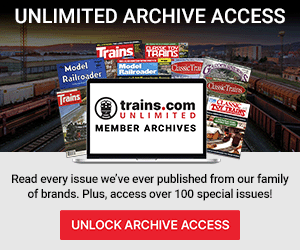
Many of our model railroads have freight stations, but we don’t always make the most of their operational possibilities. Especially for cities from medium to larger size, freight stations can be among the busiest industries on our layouts. Freight stations provide rail service to businesses that don’t have their own rail sidings. You can think […]
Read More…
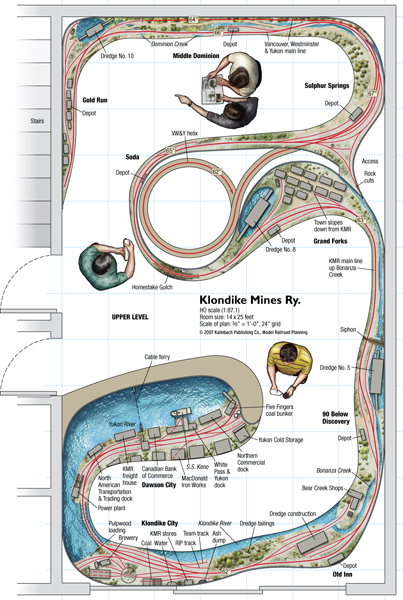
Name: Klondike Mines Ry. and Vancouver, Westminster & Yukon Scale: HOn3 (1:87.1, three-foot gauge) Size: 14 x 25 feet Theme: gold mining Era: 1949 Style: multi-deck walkaround Mainline run: 200 feet (including helix) Minimum radius: 24″ narrow gauge, 30″ standard gauge Minimum turnout: no. 8 Maximum grade: 3 percent (1.5 percent in helix) Originally appeared […]
Read More…
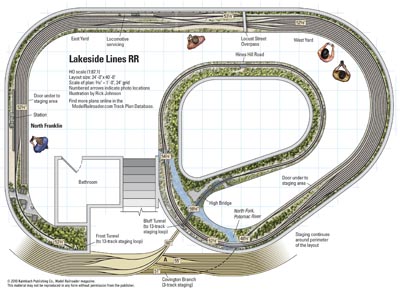
Name: Lakeside Lines RR Layout designer: Tom Harris Scale: HO (1:87.1) Size: 24 × 40 feet (plus staging) Prototype: freelanced, based on Chesapeake & Ohio and Norfolk & Western Locale: eastern West Virginia Period: early summer, 1980 Mainline run: 146 feet Minimum turnout: no. 6 (yard), no. 8 (main) Maximum grade: 1 percent Click on […]
Read More…
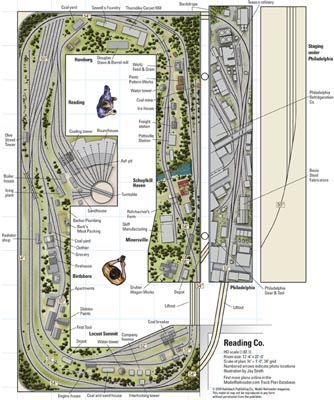
Name: Reading Co. Layout designer: Sy Diamond Scale: HO (1:87.1) Size: 13′-6″ x 22′-0″ Prototype: Reading Co. Locale: eastern Pennsylvania Era: 1930s to early ’40s Style: walk-in with two liftout sections Mainline run: 80 feet Minimum radius: 36″ (main) Minimum turnout: no. 6 (main), no. 4 (yards and industries) Maximum grade: 2 percent Click on […]
Read More…
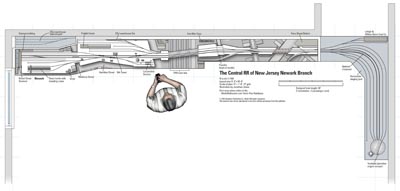
Name: Central RR of New Jersey, Newark Branch Layout designer: Jonathan Jones Scale: N (1:160) Size: 6′-1¾” x 18′-9″ Prototype: Central RR of New Jersey Locale: Northern New Jersey Era: 1950s Style: shelf Mainline run: 15½ feet Minimum radius: 14″ (main), 12″ (industrial tracks) Minimum turnout: no. 6 Maximum grade: none Click on the link […]
Read More…
Modeler Rick Wright never quits pushing himself to greater heights in the hobby. In the November 2000 issue we showcased his beautiful O gauge hi-rail layout. Ten years later we are privileged to show you the updated version. […]
Read More…
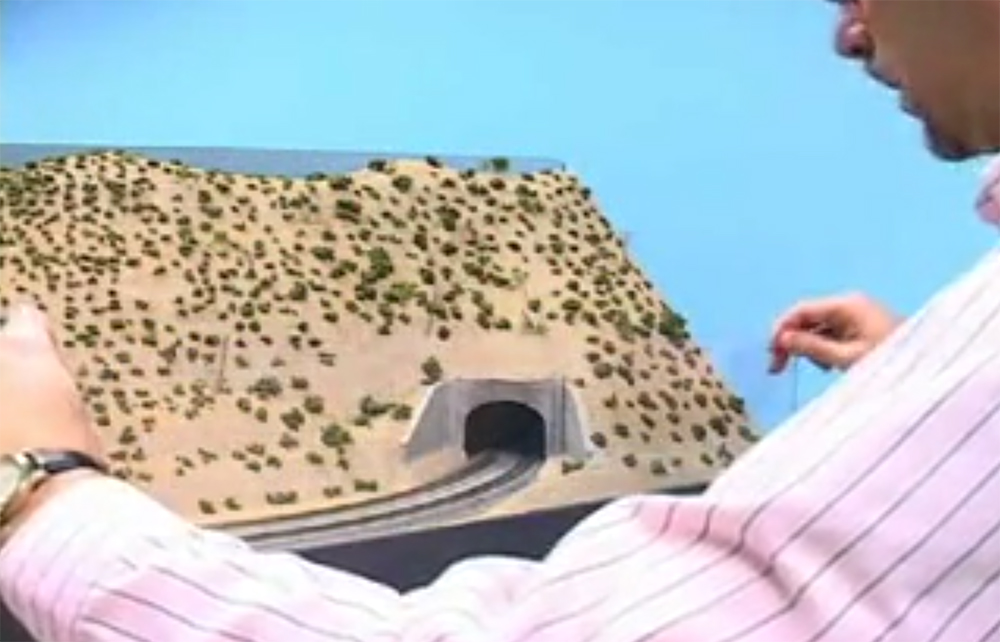
Having trouble viewing this video? Please visit our Video FAQ page Model Railroader managing editor David Popp shows how to make a Plexiglass safety fence for your train layout. […]
Read More…

Having trouble viewing this video? Please visit our Video FAQ page Model Railroader managing editor David Popp shows how to make a Plexiglass safety fence for your train layout. […]
Read More…
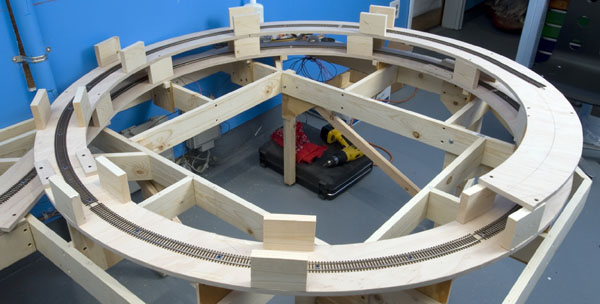
A house, a car, and a layout all have something in common: they turn out better when they’re built on a solid framework. This is especially true of a helix. A helix – a spiral ramp meant to lift a model train from one level of a layout to another – may not be prototypical, […]
Read More…
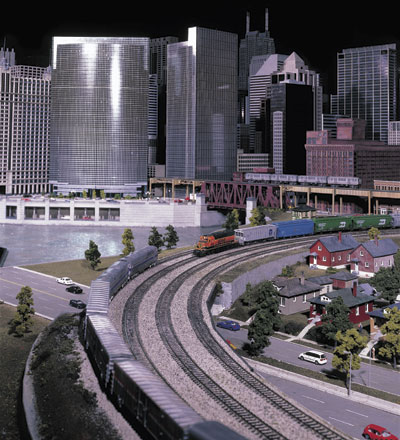
What can you build with $3.5 million in donations, two professional model-building companies, and thousands of hours put in by more than 40 artists and modelers, and a score of volunteers? How about The Great Train Story, a 3,500-square-foot HO scale model railroad that includes key features of Chicago, Seattle, and an impressive representation of […]
Read More…
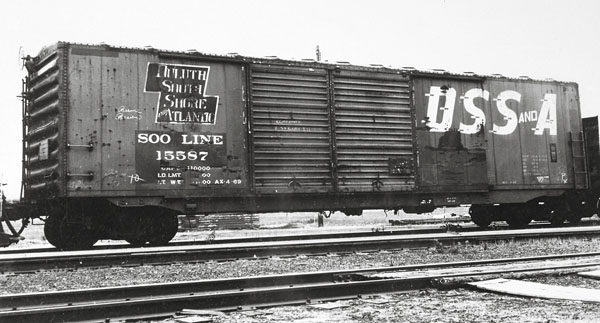
Prototype. The Duluth, South Shore & Atlantic 50-foot double-door boxcar in the 1970 photo to the right inspired Bob’s modification and weathering of an HO model. William Raia photo Finished model. By using weathering techniques and making some minor modifications, author Bob Rivard transforms an HO scale InterMountain model into the well-worn freight car shown. […]
Read More…

Learn the basics of the hobby of model railroading Illustration by Theo Cobb If you’re new to model railroading, a hobby shop is probably where you’d get your first crash course in hobby terminology. However, spending an afternoon staring at trains in display cases trying to get answers to basic questions can be frustrating. Having […]
Read More…










